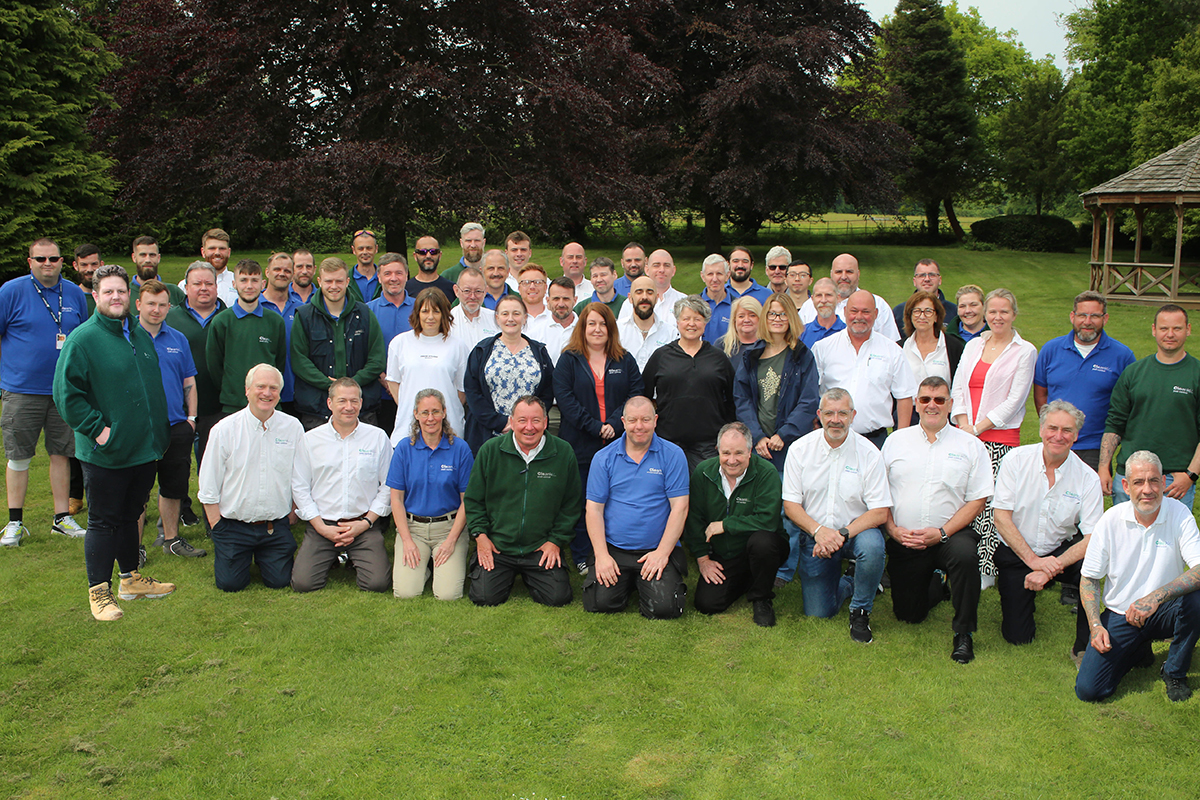
It’s a challenge that almost every small business owner faces: adding leadership skills to their subject expertise as their company grows. Richard Lassiter, Executive Coach and Sales and Marketing Advisor at Sussex Innovation, explains some of the most crucial attributes in the leader’s toolkit
Barely a week seems to go by without a story of another organisation in a leadership crisis, from a sporting body to business lobby group. The causes, it seems, are all too familiar: poor/non-existent culture, leadership failures, a scandal of some sort. Have some sympathy for those outside of the leadership group; it’s their misfortune to be led by people whom they played no role in choosing. It will also likely fall on those same people to explain what took place when interviewing for a future role in another company.
All of this leads me to think – is there any greater responsibility afforded to those in an organisation than the leadership of others? I don’t believe there is. Yet when it comes to giving someone a position of people leadership – a role requiring the management of others, each with their unique hopes and dreams, strengths and weaknesses – too many organisations aren’t giving these decisions the correct amount of due diligence.
These leaders are the very same people who will end up determining the company’s success. Additionally, those whom they lead will determine the leader’s success; future promotions may well rest on a leader’s ability to motivate and inspire.
Of course, the sheer breadth of expectation for a leader has changed. No longer will setting objectives, checking in every now and then and approving holiday requests suffice in the modern company. In a chapter I wrote for a recently published book, Breaking Barriers: Transformational Leadership Stories from Pioneering Women and Men Inspiring Change, I argued the case that for a modern leader to succeed they must not only be a specialist in their area of expertise but also understand and be able to fulfil the roles of coach, mentor, strategist, tactician and therapist, to name a few. That’s a lot for anyone to cover, let alone a founder or small business owner who may be entirely new to being the leader of others.
It’s why I created a simple and effective framework, the Dual Layer Leadership Framework, that I offer to our members here at Sussex Innovation. Practical, and taken step by step, the Framework gives leaders a way to navigate the areas that are consistent with the building of a successful, forward-thinking team. I won’t give it all away here (a book’s got to sell after all!), but the framework consists of two layers: how to lead the team overall, and how to customise the approach to the individual within the team.
For the team layer, I talk through the key areas of values, culture, group performance/accountability, and what I term “team happiness” as being integral to building a high-performing team. For the individual layer, I cover the areas of personal empathy, constructive feedback, tailored career development, and something I term “what makes them tick”. Encircling the framework is ‘constant communication,’ to serve as a reminder that it’s only through the continual practice of communicating with each member of your team that you build the trust required to grow into a high-performing team.
A vision for the future of work
The modern leader must be aware that a happy team, well-supported and cared for, will stay for longer, produce more, and so on. The leader will gain a reputation as the right person to care for high-performing employees; in turn, those employees will recommend that leader to other high performers inside and outside the company. It becomes a virtuous winning circle.
The generation beginning their working career in the early 2020s place as much importance on a company’s approach to health and wellbeing as they do to the salary/bonus terms. Companies are starting to incorporate wellbeing performance metrics into their systems, albeit these tend to be the larger multinational corporations. Nonetheless, it must start somewhere.
My hope is that, within the next five years, more organisations will give leadership specific KPIs for actively supporting the mental and physical health of those they lead. By making this a performance indicator, a company takes the brave decision to consider it as a factor in appraisals, pay and bonus calculations, and promotion considerations.
I don’t think this is an unrealistic vision. It’s possible to imagine that it could become a reality in the same way that benefits such as unlimited annual leave, drinks/snacks, gym memberships, yoga classes and paid volunteering days have emerged over the past decade. If companies want their staff to believe that they’re taking their wellbeing seriously, it must come from the top down; leaders must walk the walk and talk the talk.
Only a modern leader, as emotionally capable as they are intellectually capable, will be able to rise to the challenge of fulfilling the wishes of those now joining the workforce. Let’s keep raising our expectations of those who lead.





